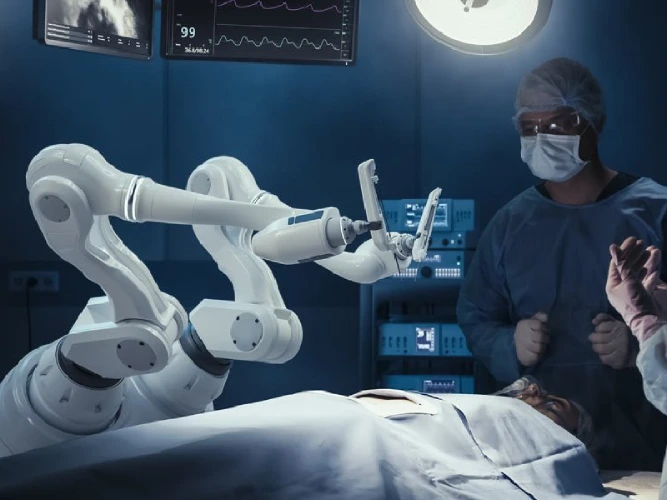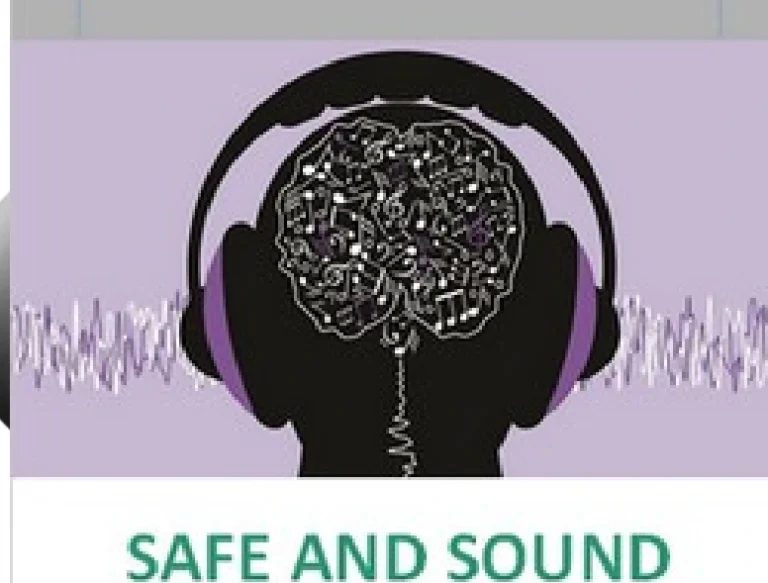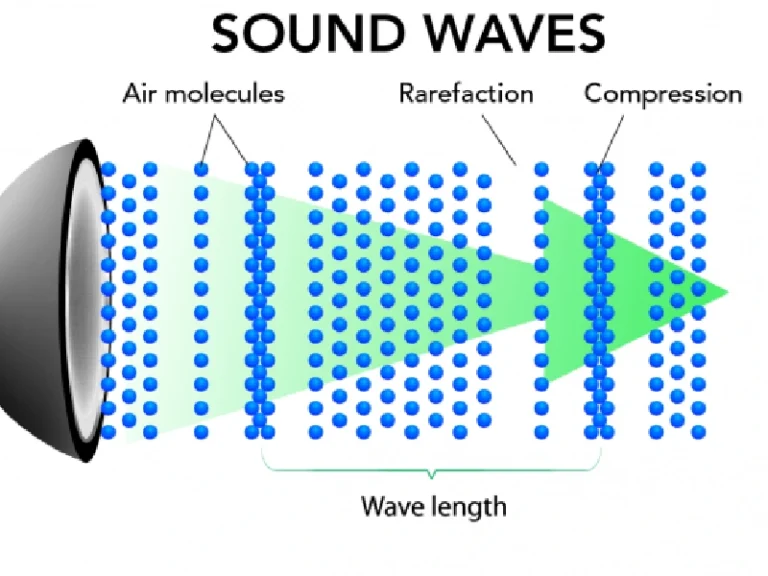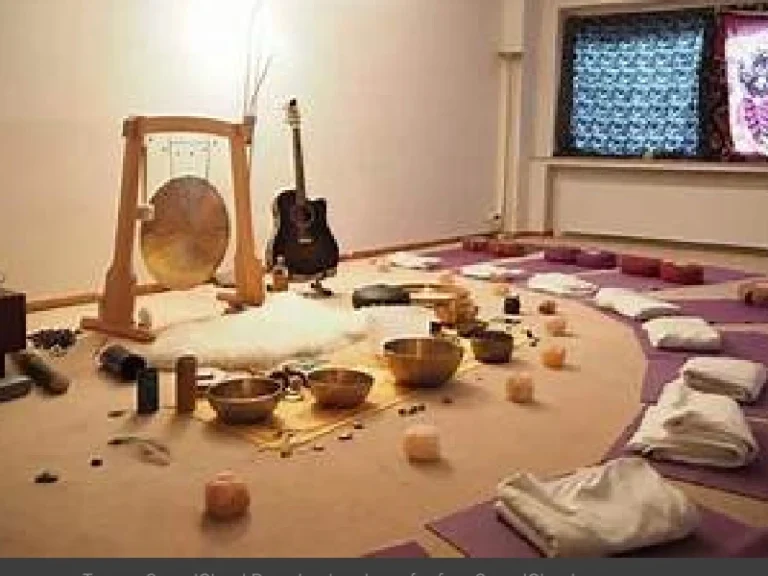
Picture this. Your grandma doesn’t have to drag herself to a hospital every other week for her checkups. Instead, she’s sitting on her favorite old chair, sipping tea, while a small wearable device strapped to her wrist sends her vital signs directly to her doctor. That’s not sci-fi anymore. That’s where we are heading. Healthcare technology is moving from cold hospital corridors into the warmth of our living rooms. At-home care isn’t just a side concept anymore. It’s becoming the main show.
And honestly, the pace at which it’s happening? Mind-blowing. Sometimes scary. But mostly exciting.
Why At-Home Healthcare is Becoming a Big Deal
Ever noticed how crowded hospitals get? Long waiting lines, overworked staff, and bills that make your head spin. Now imagine flipping that around. Care that comes to you. Medical attention that sits inside your house, in your phone, in the gadgets you wear every day.
It’s not just about comfort (although who doesn’t like staying in pajamas while talking to a doctor?). It’s also about necessity. The world’s population is aging. Chronic diseases are on the rise. Doctors are fewer compared to patients. The math doesn’t add up unless we shift. And the shift is happening through technology.
You know what’s funny? For years, we all imagined robots doing surgery or futuristic hospital rooms. Turns out, the real revolution is happening inside ordinary homes.
Telemedicine – The First Big Step
Let’s start with telemedicine. Back in the pandemic, video calls became lifelines. Patients talked to doctors through screens. It felt awkward at first. Who wants to show a rash on a blurry webcam? But slowly, it became normal.
Now, telemedicine isn’t just a backup option. It’s mainstream. Specialized apps connect patients with professionals within minutes. Prescriptions get sent digitally. Follow-ups happen online. Even mental health therapy sessions run through video calls, sometimes with AI-driven support in between.
The interesting part? People actually started liking it. No commute. Less waiting. Immediate care. Telemedicine became the entry gate to this whole at-home healthcare revolution.
Remote Monitoring – The Gadgets That Never Sleep
Ever seen those small smartwatches that scream at you if your heart rate spikes? Or those patches diabetics wear to track glucose? That’s remote patient monitoring.
Devices like:
-
Smartwatches and fitness trackers – now FDA-approved in some cases.
-
Smart patches – check blood sugar, hydration, and even stress levels.
-
Portable ECG monitors – detect arrhythmias before they get dangerous.
Doctors can now get real-time data instead of snapshots from occasional checkups. This means interventions happen early. Sometimes, before the patient even feels something is wrong.
Think about it: Your watch might call the ambulance before you realize you’re having a heart issue. Sounds crazy, but that’s the future already sneaking in.
AI in Healthcare – Not Just Buzz
Now comes the elephant in the room. AI. Everyone throws that word around. But in healthcare, AI is not just fancy talk. It’s changing diagnosis, predicting outcomes, and personalizing treatments.
For example, AI tools can:
-
Analyze scans faster than radiologists in some cases.
-
Predict heart disease risks by studying years of health data.
-
Suggest medication adjustments based on how your body reacts.
And when AI meets at-home devices? Magic. Your wearable sends info. AI interprets it. Alerts the doctor. The loop gets tighter, faster, smarter.
Of course, some people feel uneasy. Robots deciding your health fate? Creepy. But the truth is, AI isn’t replacing doctors. It’s augmenting them. Making sure they don’t miss patterns humans naturally overlook.
Smart Homes Becoming Health Hubs
Another fascinating piece. Our homes themselves are turning into silent caregivers. Smart speakers reminding you to take medicine. Beds with sensors that track sleep apnea. Even fridges that warn if you’re not eating healthy.
Imagine walking into your kitchen and your fridge says, “Hey, you’ve had too much soda this week. Maybe grab some water.” Annoying, maybe. Helpful, definitely.
Some companies are already building “health rooms” where lighting, air quality, and temperature are optimized for patients recovering at home. Feels like sci-fi, but it’s real.
Real People, Real Stories
Let me give you a quick story.
Mary, 67, from Chicago, lives alone. She has hypertension. A couple of years ago, she was hospitalized twice because of sudden spikes. But last year, her doctor gave her a blood pressure monitor connected to her phone. The device sends her readings daily. When the numbers rise, she gets a call. Once, the system alerted her doctor before she even felt dizzy. The ambulance came on time. That small gadget probably saved her life.
Stories like Mary’s are popping up everywhere. This is not just theory. It’s happening in real homes, to real people.
The Challenges (Because Nothing’s Perfect)
Okay, before we get too dreamy, let’s admit something. At-home healthcare isn’t flawless.
-
Data privacy – Who owns your health data? What if hackers steal it?
-
Digital divide – Not everyone can afford these gadgets or fast internet.
-
Human touch – Tech can’t fully replace face-to-face empathy.
Plus, some doctors still struggle with relying on screens and numbers instead of direct interaction. There’s trust to be built.
But then again, every big leap comes with hurdles. Cars had accidents. The Internet has scams. Still, we moved forward.
Future Trends to Watch
So, where’s this all heading? Here are some hot directions:
-
Virtual reality rehab – patients recovering from strokes practicing movements in VR games.
-
Home lab tests – kits that check blood, hormones, and infections at home, results uploaded instantly.
-
Personalized medicine – based on your DNA, doctors can prescribe precise treatments delivered to your home.
-
Robotic caregivers – not sci-fi anymore, some early robots already help the elderly with daily tasks.
It’s like healthcare is slowly blending into daily life until we stop noticing it. That’s the real transformation.
FAQs About Future Healthcare Technology at Home
Q1: Is at-home healthcare safe?
Yes, if devices are approved and monitored by doctors. Still, patients need to double-check sources and trust reliable providers.
Q2: Will robots replace human doctors?
No. Tech is more like an assistant. Doctors still make the final call.
Q3: What’s the biggest barrier right now?
Accessibility and affordability. Fancy gadgets don’t help if only the rich can buy them.
Q4: Can at-home care reduce hospital costs?
Definitely. Early interventions mean fewer emergencies. Chronic disease management becomes smoother, lowering overall expenses.
Final Thoughts
At-home healthcare technology is more than gadgets and apps. It’s about giving people freedom. Independence. A sense of control over their own health.
Sure, it’s messy right now. Regulations are catching up. Devices are still evolving. Doctors and patients are adjusting. But the direction is clear. The hospital is coming home. And that’s the point.
One day, maybe in 20 years, people will laugh at the idea of spending half a day sitting in a hospital just for a checkup. They’ll say, “Did people really do that?”
And we’ll smile, remembering how it all started—with a small smartwatch, a patch, maybe a call during lockdown. And then everything changed.


